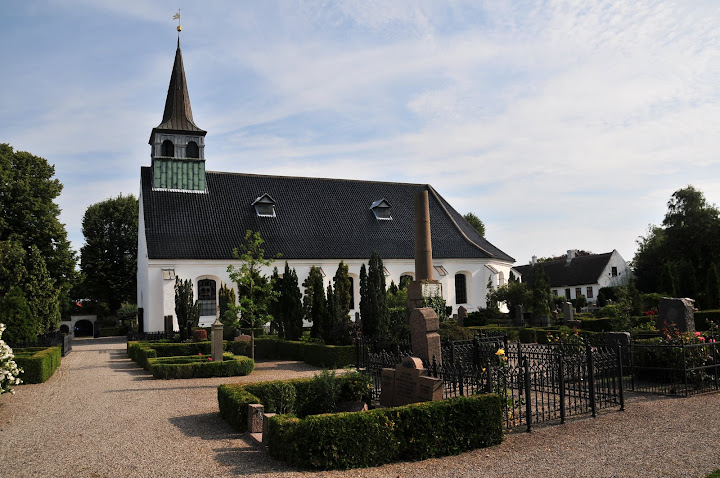

To keep the grass short and the shrubs away the keepers of the West Wall use a lawn mower mark 1, also called sheep. Around the areas that have been cleared, so it's now possible to see the old bunkers, the sheep are kept free ranging. These creatures are cheap, reliable and friendly to both environment and visitors alike, even though they tend to be a bit inquisitive. They also have the advantage of being able to "cut" the grass on the steep slopes of the ravelins.














































